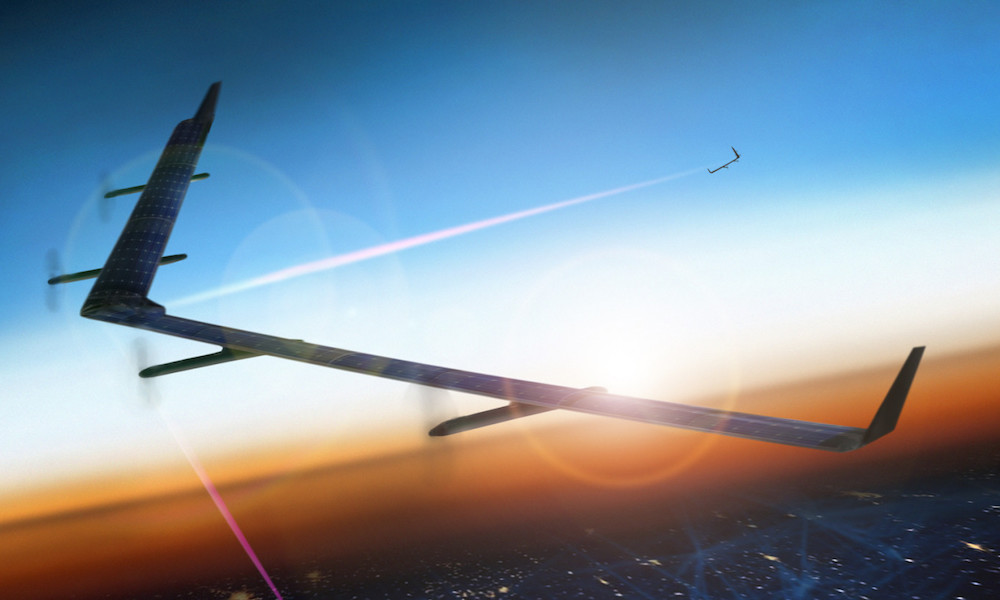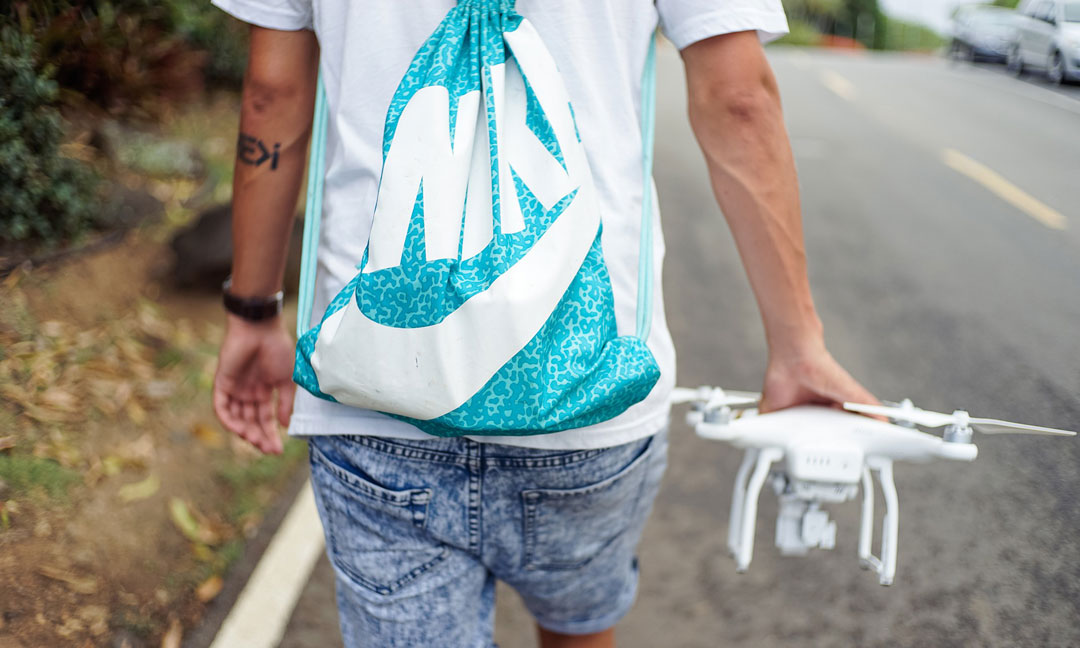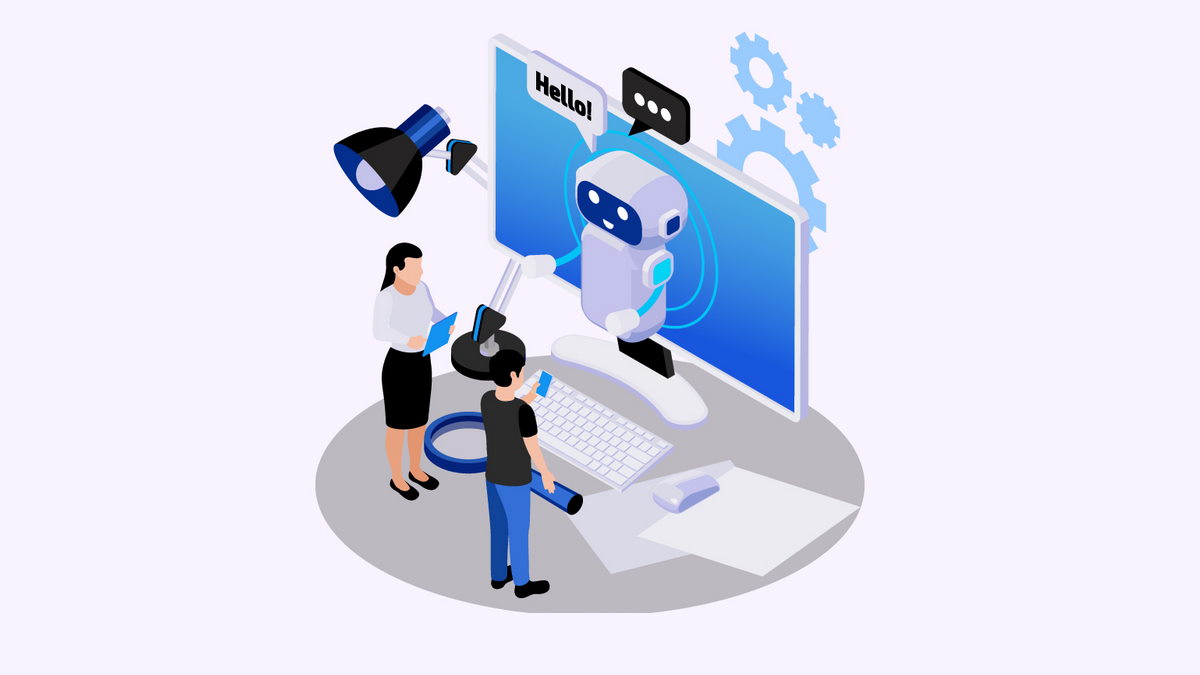In the previous chapter of our Drone series, we understood the role computer vision plays in the grand scheme of things and why is sense-and-avoid technology the Holy Grail in the industry. Now, we are going to see the ways drones are already changing our lives and how they could shape the future.
Drones’ second mission in life, besides creating video and photo content, could be delivery. Amazon is one of the first parties interested in making safe delivery transits and landings so the company hired an Austrian team of engineers to achieve that.
They have come up with methods of contextually recognizing environmental objects, making the difference between your doorstep and a swimming pool. The neural network is scalable and can run on “several thousand” computers in parallel to feed drones with the environmental information needed.
These days, Amazon is testing their Prime Air drones in U.K, Canada and Netherlands and is waiting for FAA clearance in U.S. to start delivering packages that weigh less than five pounds, in 30 minutes, at a location within a 10 mile radius. Meanwhile, Japanese are using them for food deliveries and Australians for mail services. Quick delivery is nice and all, but is it reason enough to invest millions in the drone industry?

Ambulance drone, designed by Alec Momont.
For that reason alone, it might seem reckless. Yet drones are more than flying cameras and hi-tech carrier pigeons, they can be medical providers without borders. In 2014, drones were used to transport dummy TB test samples from a remote village to Kerema, Papua New Guinea, and this July, one startup will use drones to deliver medicine and blood in Rwanda. When lives are on the line and distance is not a problem, speed can be one. One student developed a drone capable of carrying a defibrillator in emergency cases, at 60mph.
FROM HI-TECH DELIVERY PIGEONS TO POLLUTION FIGHTERS AND INTERNET PROVIDERS
Investing in drones now may one day save our crops. At least Chinese think so, after opening 42 training schools for civilian drone pilots that will soon monitor crops and spray pesticide. Don’t be surprised by the number; China is home to the biggest drone manufacturers, starting with DJI Innovations, and has used drones as pollution fighters in 2014. Two years ago, they started equipping drones with up to 176 pounds of chemicals that froze pollutants and made them fall to the ground. One year later, Peruvian scientists were using drones to measure the pollution level on Andes’ peaks.

Aquila drone, developed by Facebook and tested this summer
Facebook is attempting to solve social issues with drones, too. The company unveiled a solar-powered drone that is meant to fly for 90 days above weather systems to bring Internet connection to remote areas.
What can YOU do with a drone? If you are not part of the medical, agricultural or commercial field, there’s always art. Explore your creative side using drones – you wouldn’t be the first, by the way. One artist is using LED drones to project light onto its subjects, usually mesmerizing landscapes untouched by men. Others are creating sky ballet, elaborating fascinating choreography with drones in Austrian cities or at Mount Fuji.
Here’s a quick guide, if you’re just getting the hang of drones.
Even architects are talking about future vertical charging docks for drones, delivery docks on each floor of a building, invisible highways and even outdoor spaces with canopies to preserve people privacy.
The fact is there’s no telling how drones could change your career or life. As writer Anais Nin once said, “throw your dreams into space like a kite and you do not know what it will bring back: a new life, a new friend, a new love, […].”
In the last part of our series, we will talk with Adrian Capata, VP Development at FotoNation to explore the ways in which drones will change the world in the next two decades.
*This article is written as part of an editorial series presented by FotoNation.
Follow TechTheLead on Google News to get the news first.






